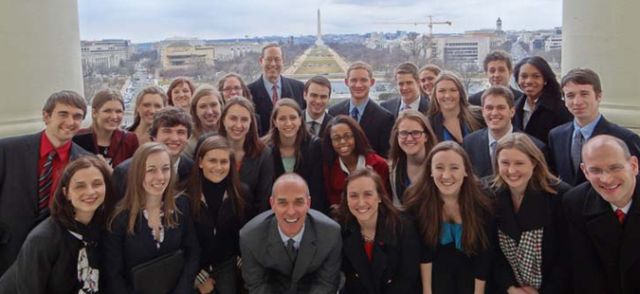Document Type
Article
Publication Date
5-2010
Publication Source
Journal of Elections, Public Opinion, and Parties
Abstract
Party identification remained an important determinant of vote choice in the 2008 election. Indeed, the extent to which people voted according to their partisanship remained as exceptionally high as it had been in the 2004 election. The Democrats led in partisanship, with a greater lead than in 2004. The ANES four‐wave panel survey shows that some change occurred in the Democratic direction during 2008. The Democrats gained among most population groups, with the exception of older citizens. Obama's victory margin was due to his carrying pure independents and the growth in strong Democrats as opposed to strong Republicans. Both candidates lost the votes of some partisans who disagreed with them ideologically. The rate of defection among major‐party identifiers to the other major party hit post‐1950 lows in 2004 and 2008, reflecting increased polarization in the electorate. The partisanship shifts of young people and Hispanics could portend realignment, although that depends on their satisfaction with the Obama administration.
Inclusive pages
213-240
ISBN/ISSN
1745-7289
Document Version
Postprint
Copyright
Copyright © 2010, Taylor and Francis
Publisher
Taylor and Francis
Volume
20
Issue
2
Peer Reviewed
yes
eCommons Citation
Weisberg, Herbert F. and Devine, Christopher J., "Partisan Defection and Change in the 2008 US Presidential Election" (2010). Political Science Faculty Publications. 92.
https://ecommons.udayton.edu/pol_fac_pub/92
Included in
American Politics Commons, Civic and Community Engagement Commons, Demography, Population, and Ecology Commons




Comments
The document available for download is the author's accepted manuscript, provided in compliance with the publisher's policy on self-archiving. Differences may exist between this document and the published version, which is available using the link provided. Permission documentation is on file.
Citation: Weisberg, Herbert F. 2010. “Partisan Defection and Change in the 2008 US Presidential Election.” Journal of Elections, Public Opinion, and Parties 20(2): 213-240.